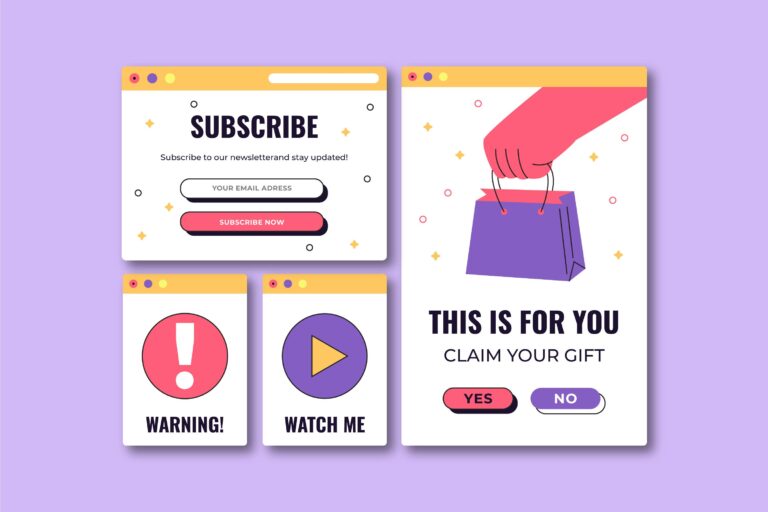5 Best Cart Recovery Apps for Shopify to Increase Sales

I hope you enjoy this blog post. If you want Hello Bar to grow your leads, click here.
Author:
Mansi
Published
September 25, 2025
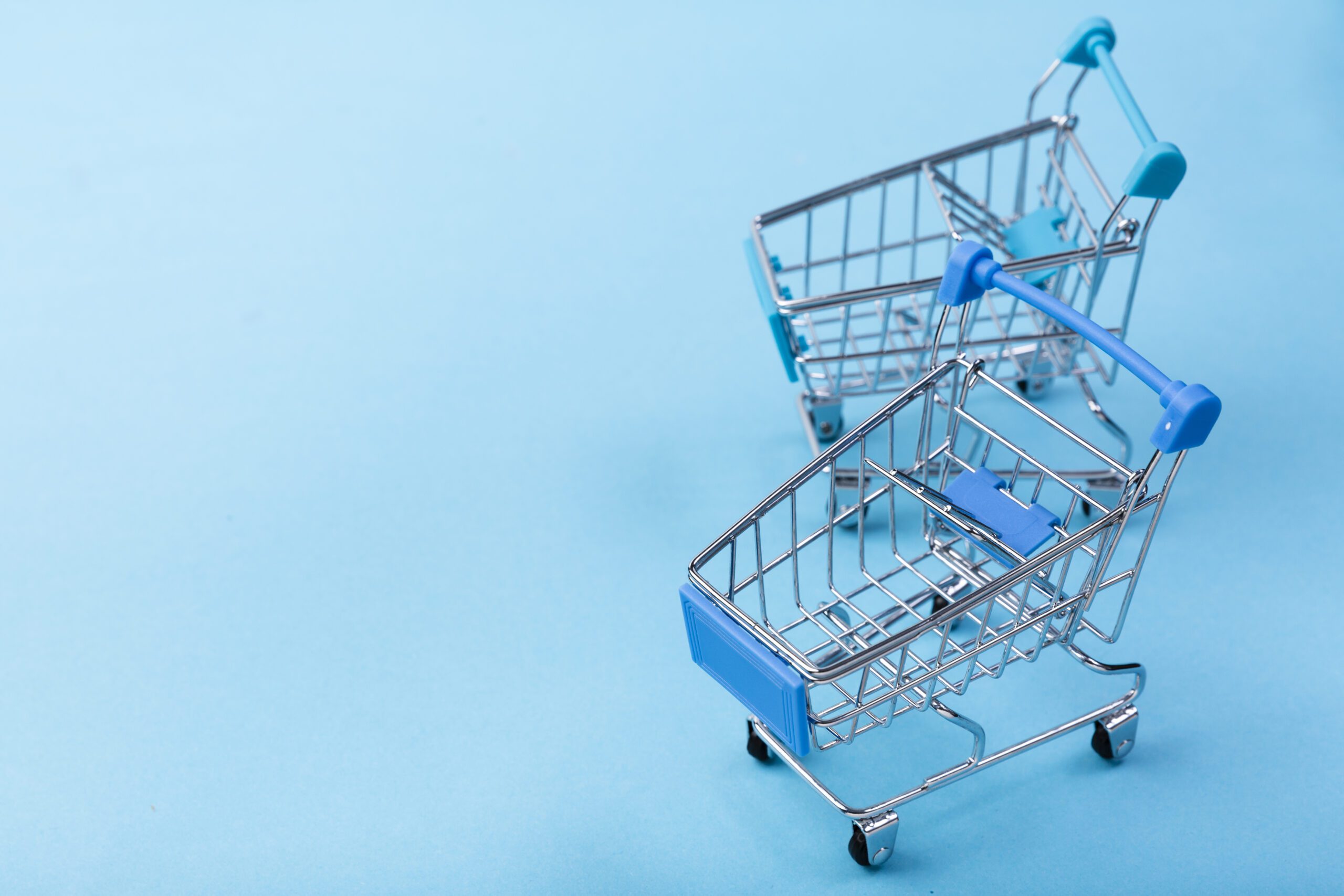
Table of Contents
Cart abandonment is one of the most frustrating parts of running an online store. Someone visits your Shopify site, adds items to their cart, then disappears before finishing checkout. You’ve done the hard work to get them there, but the sale slips away.
It happens more often than most store owners think. On average, nearly 7 out of 10 carts are abandoned. For Shopify businesses trying to grow, that number can feel crushing. That’s why cart recovery apps for Shopify are so important. These tools don’t just remind customers about their carts — they help you get back sales you thought were gone.
In this post, I’ll go over the 5 best cart recovery apps for Shopify to increase sales. Each one works differently, but all of them are designed to solve the same problem: making sure customers actually complete their orders instead of leaving them hanging.
Why cart recovery apps Matter
When people abandon carts, it isn’t always because they changed their mind. Sometimes the checkout process feels too long. Sometimes they get distracted and forget. Other times, they’re waiting for a discount code before buying.
If you rely only on ads or organic traffic, every abandoned cart is lost money. But with the right cart recovery apps for Shopify, you can pull those shoppers back. Here’s what these apps typically do:
- Send automatic emails or texts reminding customers about items they left behind.
- Use popups or notification bars with incentives like free shipping or small discounts.
- Segment customers based on what’s in their cart or how much the order is worth.
- Track which messages or campaigns actually lead to recovered sales.
The goal isn’t to spam people. It’s to give them a nudge, remove friction, and make it easy to finish what they started.
Now let’s look at the 5 best tools that actually work.
1. Hello Bar
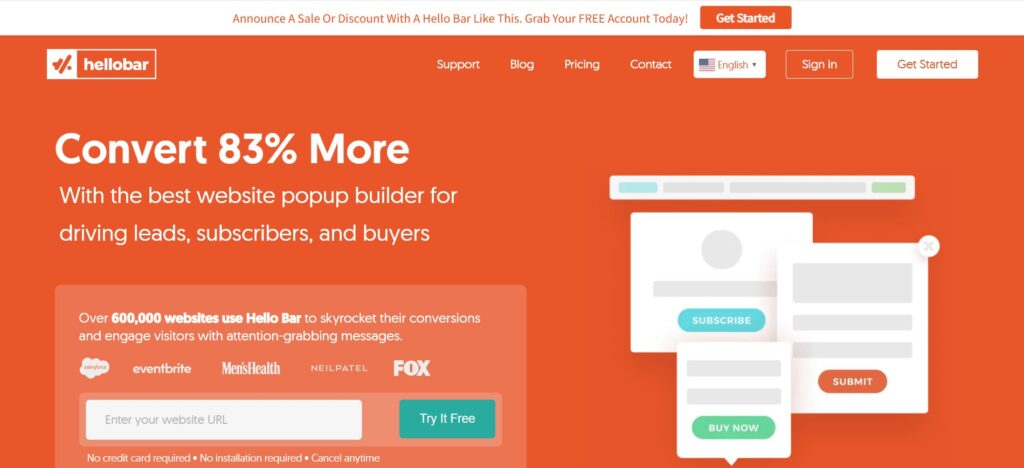
Hello Bar is mostly known as a tool for popups and notification bars, but it works surprisingly well as a cart recovery option too. Instead of focusing only on emails or SMS, Hello Bar gives you a way to catch people before they leave your site.
Here’s how it works for Shopify:
- Exit-Intent Popups: When someone moves to close the tab, Hello Bar can show a popup reminding them they have items in their cart. You can add a discount, free shipping, or just a reminder to complete checkout.
- Targeting Options: You can target based on cart value, products added, or time spent on the site. That means the message can feel specific, not generic.
- Notification Bars: A thin strip at the top of the page can highlight a cart countdown, free shipping threshold, or coupon code.
Why this matters: Most abandoned carts happen because customers hesitate at the last step. A popup at the right time can push them back. If you’re already using Shopify without a cart recovery app, Hello Bar is one of the easiest starting points.
This is the only tool on this list where popups are the main strategy. The other apps rely on email or SMS. But pairing Hello Bar with them makes your recovery stronger — catch them before they leave, and follow up if they still don’t buy.
2. Constant Contact

Constant Contact has been around for years as an email marketing platform, but it also doubles as one of the better cart recovery apps for Shopify to increase sales.
Here’s what makes it useful:
- Automated Emails: When a customer leaves items in their cart, Constant Contact can automatically send them a reminder email. You don’t have to manually check who abandoned and who didn’t.
- Tracking Revenue: You can see exactly how much money those recovery emails bring back. That helps you measure whether your campaigns are worth it.
- Custom Workflows: You can set up different triggers. For example, send one reminder after 1 hour, another after 24 hours, and a final one after 3 days.
A practical example: Let’s say someone adds $150 worth of products but doesn’t check out. Constant Contact can send an email with the subject “Still thinking it over?” and a picture of what they left behind. That small nudge can bring them back.
For Shopify owners who already use email for promotions or newsletters, adding cart recovery workflows inside Constant Contact makes sense. You don’t need another platform — just expand what you already use.
3. Brevo (formerly Sendinblue)
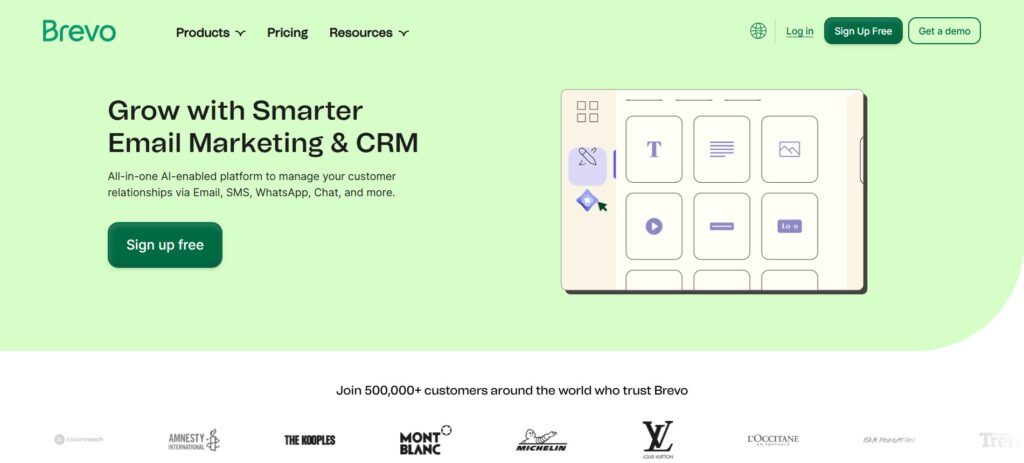
Brevo is another email tool that works as a cart recovery app for Shopify. It’s similar to Constant Contact but gives you more options for automation.
Key features:
- Cart Recovery Emails: Like other platforms, Brevo can send emails to customers who didn’t finish checkout.
- Segmentation: You can create different email flows based on order size, location, or product type. For example, you might offer a discount for carts above $100 but just a reminder for smaller ones.
- Integration with Shopify: Once connected, Brevo automatically tracks abandoned carts without extra setup.
The good thing about Brevo is pricing. It’s usually cheaper for smaller stores compared to some of the bigger email tools. If you’re just starting out and want something affordable but still effective, Brevo is a strong choice.
One limitation: Brevo only works if you already have the customer’s email. That means you need to collect emails early, either through a signup form or a popup tool like Hello Bar. Without that, you won’t be able to send recovery messages.
4. Drip
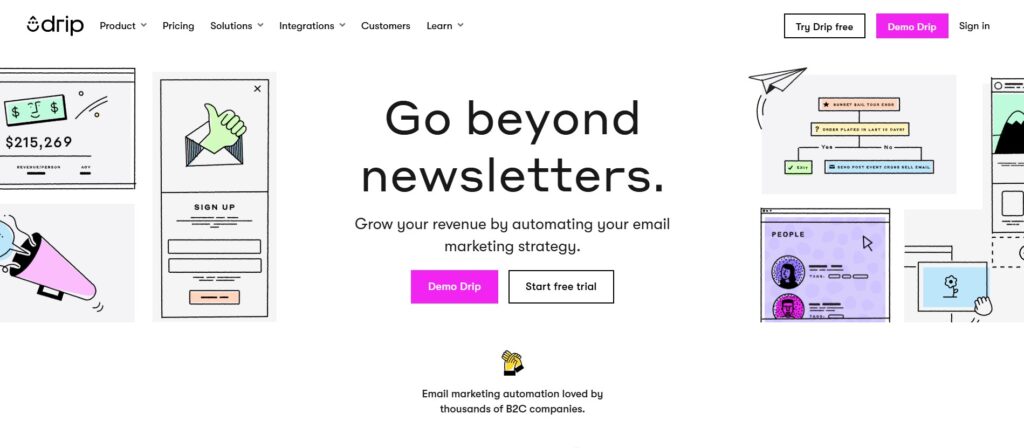
Drip is more advanced compared to Constant Contact or Brevo. It’s built specifically for eCommerce stores and works very well as one of the best cart recovery apps for Shopify to increase sales.
Here’s why:
- Pre-Built Workflows: Drip comes with ready-made cart recovery sequences. You don’t have to design them from scratch. Just edit the copy and turn them on.
- Personalization: You can add product images, names, and prices directly into the recovery emails. That way, customers see exactly what they left behind.
- Multi-Channel: Drip can send recovery reminders not only by email but also by SMS if you’ve collected phone numbers.
One example: A customer adds two items but doesn’t check out. Drip can send them an email within an hour with the subject “Don’t leave this behind” and a picture of those two items. If they still don’t buy, Drip can send an SMS after 24 hours with a small discount.
For Shopify store owners who want something more than just basic recovery emails, Drip is one of the strongest choices. It does cost more, but the automation and personalization often pay off.
5. Abandoned Cart Recovery SMS
While most tools focus on email, this app is all about SMS. Abandoned Cart Recovery SMS is a Shopify app that helps you send text messages to people who left their cart without checking out.
Why SMS? Open rates for text messages are much higher than for email. People check their phones constantly, so a reminder text is harder to ignore.
Features:
- Automatic Cart Recovery Texts: As soon as a customer leaves, the app can send a text with a reminder or special offer.
- Coupons and Discounts: You can include a short discount code in the message. Since SMS is short and direct, it works best for quick incentives.
- Tracking Sales: The app shows you how many carts were recovered through SMS campaigns.
The challenge is collecting phone numbers. If you don’t ask customers for their number during checkout or through a signup popup, you won’t be able to use this tool. But if your store already uses SMS for promotions, this app fits right in.
For stores that sell products where urgency matters (like limited stock or time-sensitive deals), SMS recovery can be more effective than email.
How These Apps Fit Together
You don’t have to choose just one of these apps. In fact, the best approach is usually combining them.
Here’s a simple setup many Shopify stores use:
- Use Hello Bar for on-site popups and exit-intent reminders.
- Use Constant Contact or Brevo for cart recovery emails.
- Use Drip if you want more advanced automation with both email and SMS.
- Add Abandoned Cart Recovery SMS if SMS is already part of your strategy.
By combining apps, you cover different touchpoints. Some customers respond to email, others to SMS, and others to on-site prompts. The more balanced your recovery system, the fewer sales slip away.
One Strategy Around Popups

Since only one point here can focus on popups, here’s the main thing: Don’t overuse them. Popups work best when they’re timed right. For example:
- Exit-intent popup: Triggered when the mouse moves toward the close button.
- Cart reminder popup: Triggered after a few minutes of inactivity on the checkout page.
If you throw random popups everywhere, people will just close them. But if you use them sparingly with clear intent, they become one of the simplest ways to prevent cart abandonment before it even happens.
Also read our blog on Best Abandoned Cart Email Subject Lines: What Actually Works and Why
Final Thought
Cart abandonment will never go away completely, but the right tools make a big difference. Using cart recovery apps for Shopify isn’t about pushing harder — it’s about reminding people, reducing friction, and giving them a reason to come back. Sometimes one simple email or popup is all it takes.

